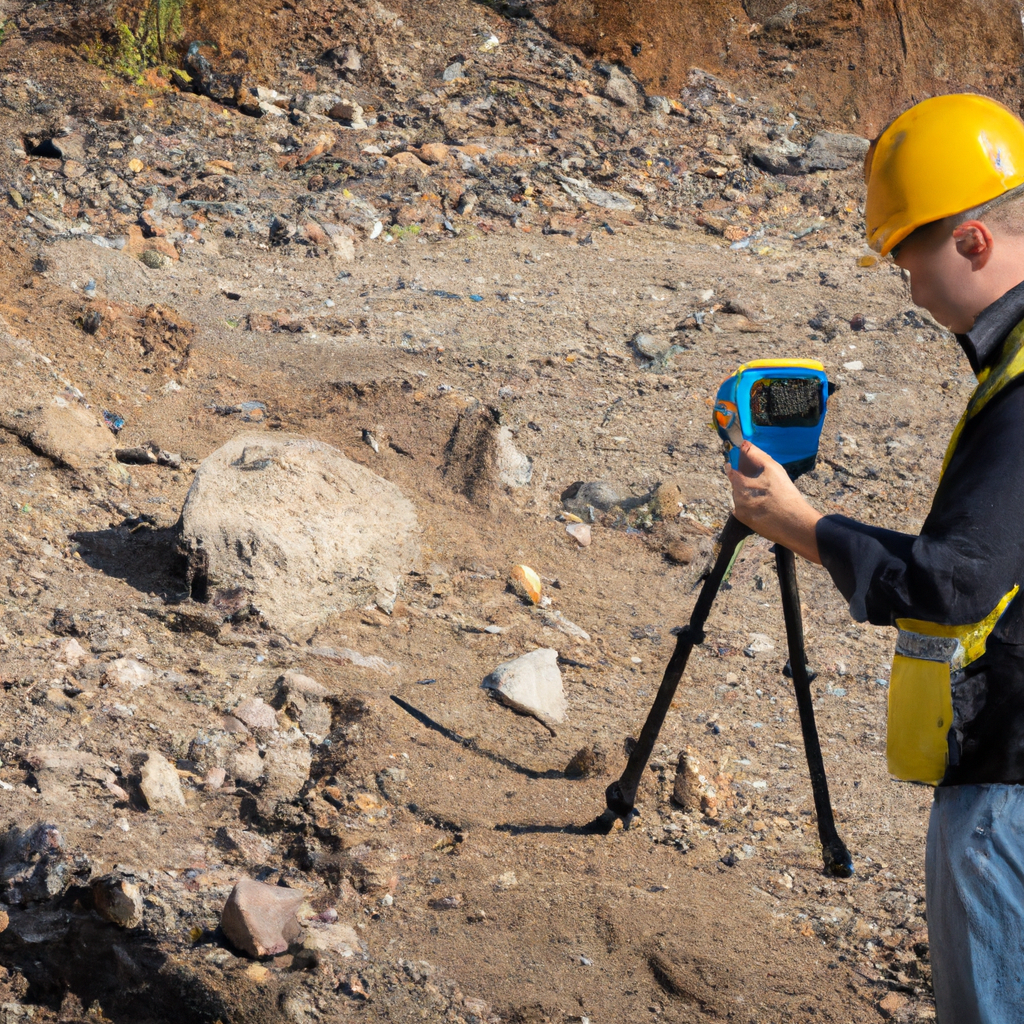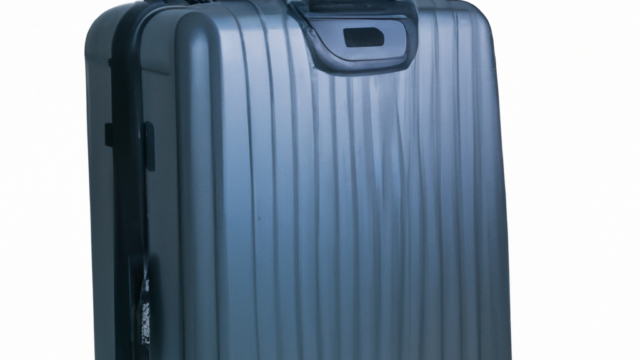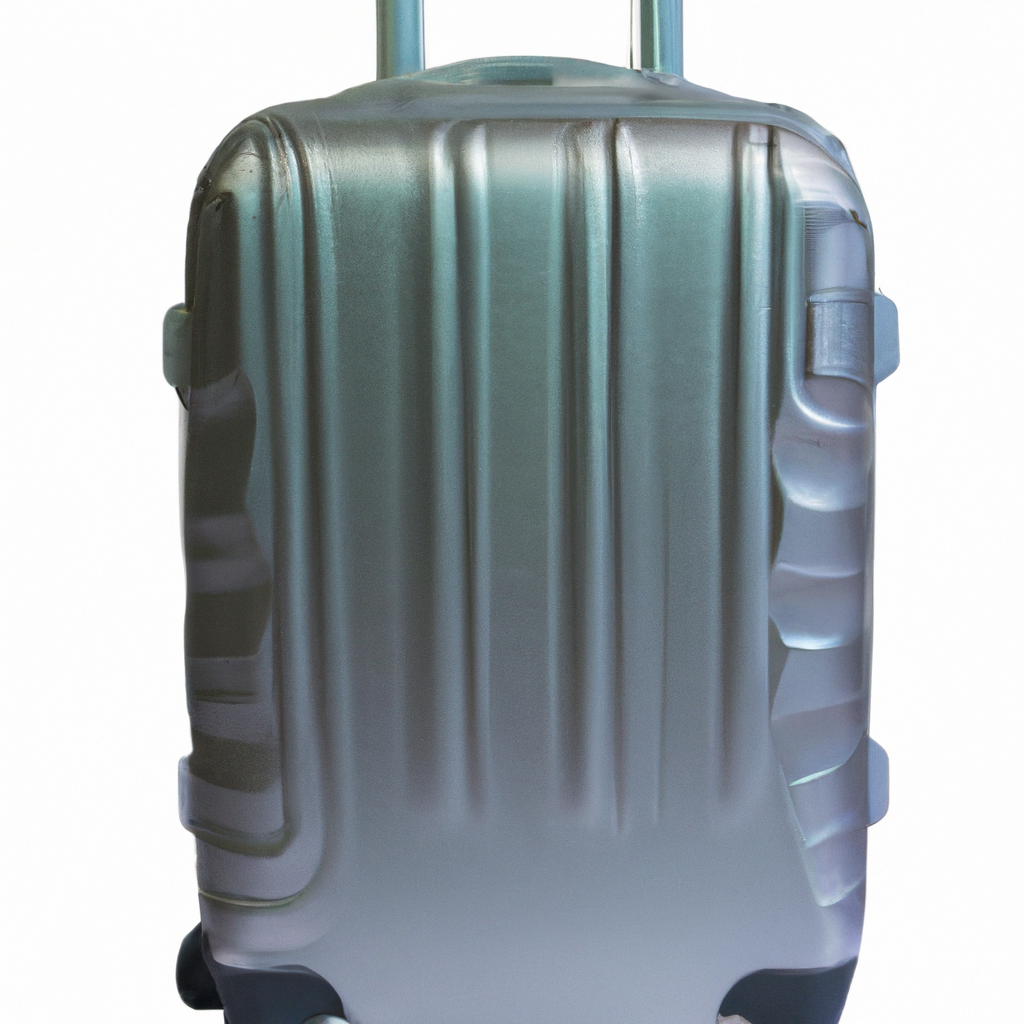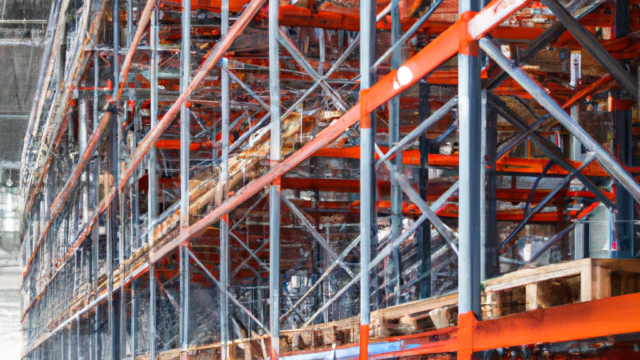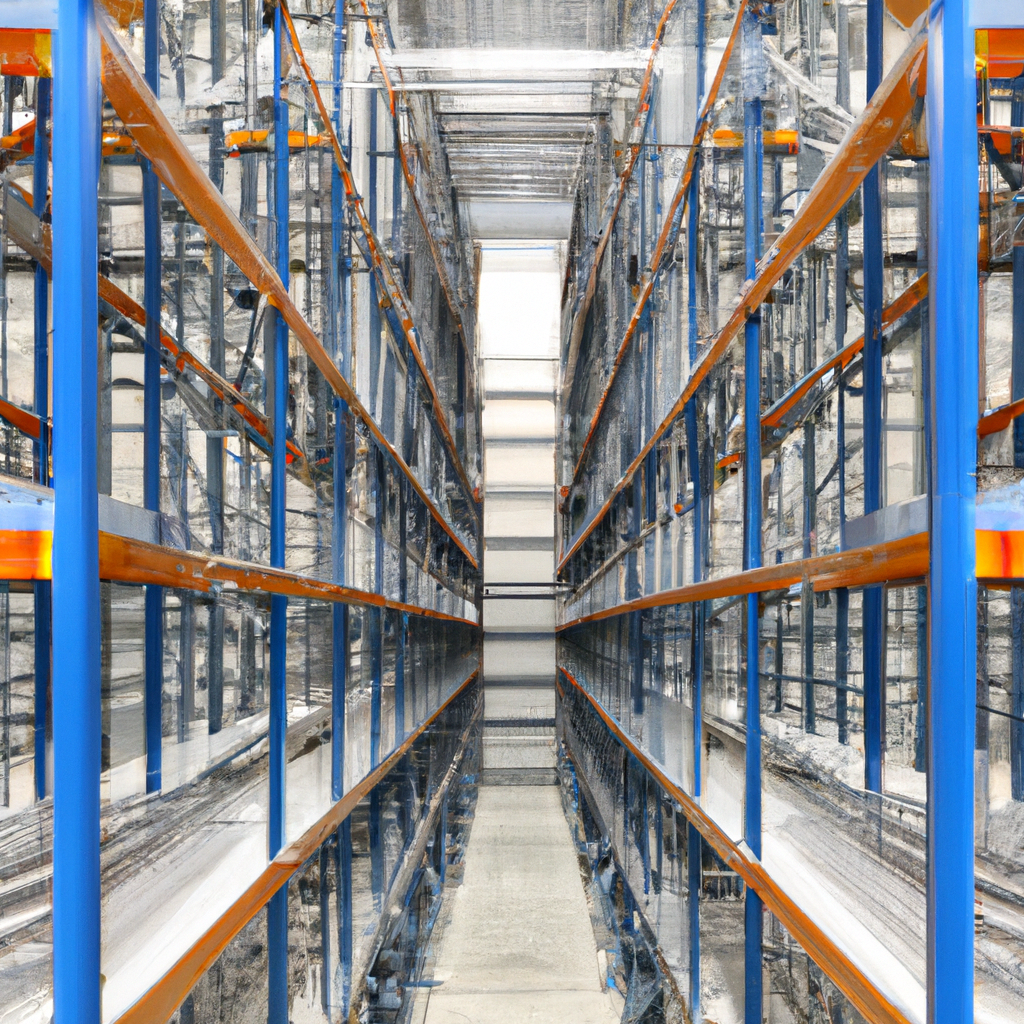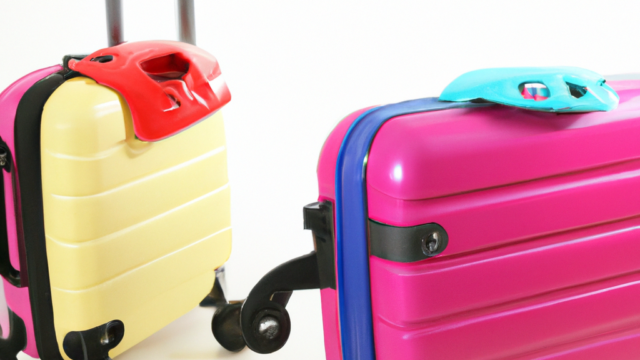Are your floors showing their age, and you’ve been dreaming of a stylish upgrade? Well, the time is ripe for you to consider a flooring sale – the ultimate opportunity to save big on your next home improvement project. In this article, we’ll walk you through everything you need to know about flooring sales, from planning and hunting for deals to installation and maintenance. Let’s dive right in!
Why Should You Care About Flooring Sales?
Before we delve into the nitty-gritty details of scoring the best deals, let’s address why flooring sales should pique your interest. Flooring is a substantial investment in your home, and it plays a pivotal role in its aesthetics and functionality. A sale allows you to:
- Save Money: The most obvious benefit is the cost savings. With discounts and promotions, you can stretch your budget and get more value for your money. This means you’ll have more funds left over for other home improvement projects or to splurge on decor.
- Upgrade Quality: Flooring sales often include premium options at a fraction of their regular price, enabling you to afford higher-quality materials. This not only improves the look and feel of your home but also ensures longevity and durability.
- Increase Home Value: New flooring can significantly enhance your home’s appeal, potentially increasing its resale value. When you eventually decide to sell, having attractive, well-maintained flooring will make your property more appealing to potential buyers.
- Boost Aesthetic Appeal: Transform your living space with trendy and eye-catching flooring designs. Whether you prefer the timeless elegance of hardwood or the versatility of modern laminate, a flooring sale allows you to explore various styles and trends without exceeding your budget.
Planning Your Flooring Upgrade: Where to Start
Assessing Your Flooring Needs
Begin by evaluating your current flooring’s condition and your expectations from the new flooring. Consider factors such as the room’s purpose, traffic, and the need for durability. This assessment will guide your decision-making process and help you select the most suitable flooring material.
Are you dealing with high-traffic areas like the living room or kitchen that require robust and easy-to-clean options? Or are you planning to revamp a bedroom where comfort and aesthetics take precedence? By understanding your specific needs, you can make an informed choice that aligns with your lifestyle.
Setting a Budget
Determine how much you’re willing to spend on your flooring upgrade. Be realistic and consider all costs, including installation and any necessary repairs. Having a clear budget in mind will help you stay on track during the sale. Plus, it allows you to explore options within your financial comfort zone without the risk of overspending.
When setting your budget, remember to account for unexpected expenses that may arise during the installation process. It’s wise to allocate a portion of your budget as a contingency fund to handle any unforeseen issues.
Researching Flooring Options
Before diving into the sale frenzy, research different flooring materials such as hardwood, laminate, vinyl, and tile. Understand their pros and cons, maintenance requirements, and suitability for your space. This knowledge empowers you to make an informed decision when faced with a multitude of options during a sale.
Hardwood, for example, exudes timeless charm and durability but may require more maintenance than vinyl or laminate. On the other hand, vinyl offers water-resistant properties, making it ideal for kitchens and bathrooms. Tile, with its wide variety of designs, can add a touch of elegance to any space. Each material has its unique characteristics, so take your time to explore and discover the one that best aligns with your lifestyle and preferences.
The Flooring Sale Hunt: Tips and Tricks
Timing Matters: When to Look for Sales
Flooring sales typically occur during specific times of the year, like Black Friday, New Year, or special promotions by retailers. Plan your purchase around these times to maximize savings. Additionally, be on the lookout for clearance sales or end-of-season discounts that can offer substantial savings.
Remember that timing your purchase during a sale season not only saves you money but also ensures that you have a wide range of options to choose from. Retailers often introduce new collections during these periods, giving you access to the latest trends and designs.
Online vs. In-Store Shopping
Decide whether you prefer the convenience of online shopping or the hands-on experience of visiting stores. Online sales often come with enticing discounts, but visiting stores allows you to feel the materials and see the colors up close. However, with the rise of virtual showrooms and sample services, online shopping has become increasingly immersive, making it a viable option.
When considering online shopping, ensure you read customer reviews, request samples if available, and verify the return policy. This way, you can confidently make your purchase without physically inspecting the product.
Comparing Prices and Quality
During a sale, it’s easy to get caught up in the excitement of discounts and promotions. However, don’t forget to compare prices across different retailers and check product quality and warranties to ensure you’re getting the best deal.
A common mistake is assuming that a bigger discount always means a better deal. Sometimes, a slightly higher-priced product from a reputable brand with an extended warranty may provide better long-term value than a deeply discounted item with limited coverage.
Getting the Most out of Flooring Sales
Negotiating Discounts
Don’t be afraid to negotiate with retailers, especially when buying in bulk or considering professional installation. Many sellers are open to providing additional discounts or freebies to close the deal. If you’re purchasing a significant amount of flooring material or opting for their installation services, don’t hesitate to inquire about potential cost reductions.
Negotiation can also extend to add-ons such as underlayment or transition pieces. By being proactive and expressing your interest in a long-term partnership, you may find retailers more willing to accommodate your requests.
Understanding Warranty and Installation Costs
Carefully read the warranty terms and inquire about installation costs. Sometimes, what seems like a great deal may come with hidden expenses. Ensure you have a clear understanding of all the costs involved before finalizing your purchase.
Warranty terms can vary widely among flooring manufacturers, so it’s crucial to read the fine print. Pay attention to coverage periods, what types of damage are included, and any conditions or maintenance requirements. Additionally, inquire about installation costs upfront, as these can significantly impact your overall budget.
DIY vs. Professional Installation: Pros and Cons
Consider whether you want to tackle the installation yourself or hire professionals. While DIY can save money, professional installation ensures a flawless finish and minimizes the risk of mistakes that could compromise your investment.
DIY Installation:
- Pros: Cost-effective, allows you to have complete control over the process, can be a satisfying DIY project.
- Cons: Requires time, effort, and a certain level of skill, may void warranties if not done correctly, potential for mistakes.
Professional Installation:
- Pros: Expertise ensures a high-quality finish, saves time and effort, often comes with warranties.
- Cons: Higher upfront cost, reliance on professionals’ schedules.
When deciding between the two options, consider your skill level, the complexity of the installation, and the time you can dedicate to the project. If you choose DIY, make sure to educate yourself thoroughly on the installation process and follow manufacturer guidelines to avoid common pitfalls.
Maintaining Your New Flooring
Cleaning and Maintenance Tips
Once you have your beautiful new flooring installed, it’s essential to know how to maintain it properly. Follow manufacturer recommendations for cleaning and regular upkeep to preserve its appearance and longevity.
For hardwood floors, use a soft-bristle broom or vacuum with a floor brush attachment to remove dust and debris. Avoid excess moisture and use a hardwood floor cleaner recommended by the manufacturer. For vinyl and laminate, sweep or vacuum regularly and mop with a damp, not wet, cloth or mop.
Protecting Your Investment
Invest in area rugs, furniture pads, and proper maintenance routines to protect your flooring investment. Preventing damage will prolong its lifespan and keep it looking pristine for years to come.
Place rugs or mats at entryways to trap dirt and moisture from shoes. Use furniture pads under heavy items to prevent scratches or indentations. Additionally, be cautious with sharp or heavy objects that could damage the flooring’s surface.
Testimonials: Real Stories of Big Savings
Hear from homeowners who capitalized on flooring sales and achieved stunning transformations while saving a bundle. Their success stories may inspire your own journey and provide valuable insights into the potential savings and satisfaction that come with a well-timed flooring purchase.
These real-life accounts can help you visualize the impact of a flooring upgrade and motivate you to seize the opportunity during the next sale season.
Flooring Sale Season: A Calendar
When Different Types of Flooring Go on Sale
Discover when different types of flooring materials go on sale throughout the year. This handy calendar will help you plan your purchase for maximum savings, ensuring that you align your flooring needs with the most favorable sale periods.
- Spring: Springtime often brings discounts on laminate and vinyl flooring as homeowners embark on spring cleaning and renovation projects. Retailers may offer promotions to kickstart the season.
- Summer: In the summer months, you’ll find deals on outdoor flooring options like decking and patio materials. Additionally, retailers may extend promotions on indoor flooring materials to cater to homeowners looking to refresh their interiors.
- Fall: Fall sees a surge in flooring sales, particularly during the Labor Day and Back-to-School periods. Look for discounts on a wide range of flooring options, including hardwood, carpet, and tile.
- Winter: The holiday season, including Black Friday and New Year’s sales, is prime time for flooring bargains. Many retailers offer substantial discounts and special financing options during this period.
Conclusion: Don’t Miss Out on Your Flooring Upgrade
In conclusion, a flooring sale can be the ticket to a beautiful home transformation without breaking the bank. By carefully planning, hunting for deals, and making informed choices, you can save big on your next flooring upgrade. Don’t miss out on this golden opportunity to enhance your home’s aesthetics and value.





